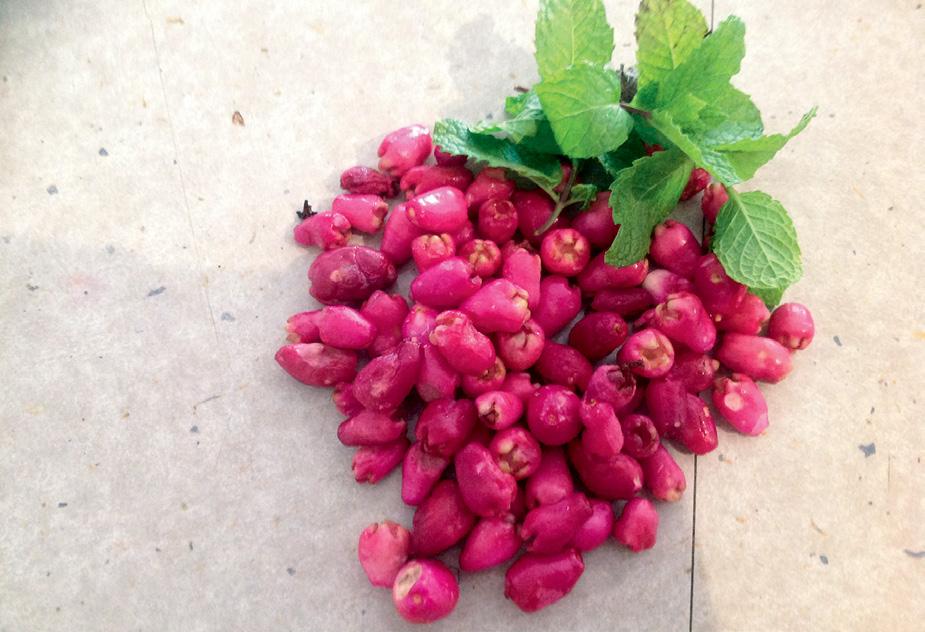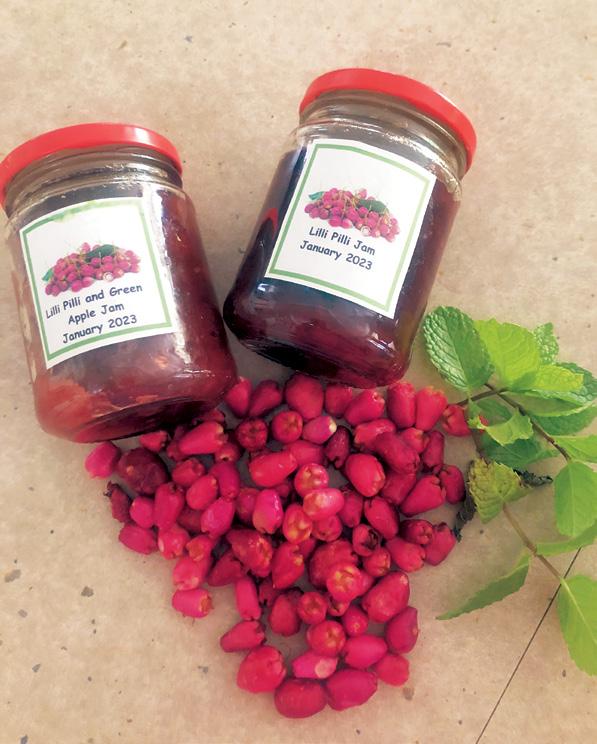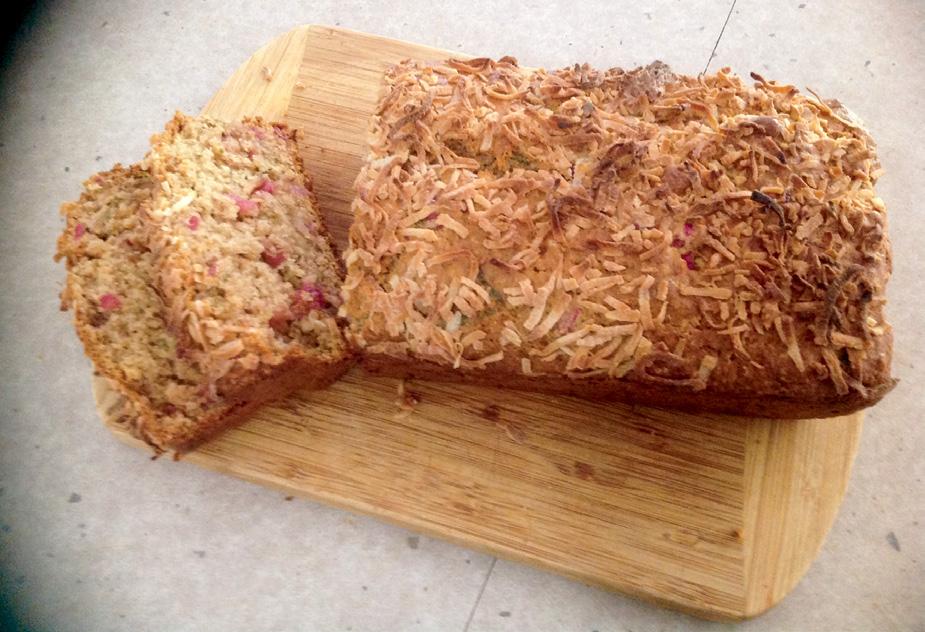
2 minute read
Lilly Pillies
By xxxxxxxxx, xxxxxxxxx, xxx.
By Jan Scott, Ormiston, Qld.
Advertisement
Use berries from this native tree in cooking or enjoy them raw.

I have a love-hate relationship with the Australian native plant, the lilly pilly.
When we bought our house 11 years ago its small back garden was bordered on three sides by mature lilly pillies. Pretty evergreen foliage, yes, and they were shady trees which attracted many beautiful birds. But I wanted space for herbs and vegetables so my mission became to grub out as many lilly pillies as I could. Twelve trees were aggressively attacked and I kept some branches and trunks for stakes and edgings.
But now for the love. My remaining six lilly pillies produce edible berries which I’ve come to appreciate, as do the birds!
t H e B ene F its
The orangey-red small berries appear in summer after clusters of pretty fluffy white flowers have studded the trees. Aboriginal people refer to the berries as ‘medicine berries’ and think they help to prevent colds and infections. Scientists agree the berries are very high in vitamin C.
A few years ago, I began to use the prolific berries (not just rake them up for the compost). They have a tart but spicy flavour and I now use them in multiple ways. Lots of my berries are seedless, but any seeds are easily pushed out from the berries. I add the washed berries to our muesli, I cook them in cakes and loaves and muffins, I add them to salad dressings, I make jam and chutney with them, I combine them with bananas for a delicious fruit loaf. I haven’t tried making lilly pilly gin yet …

H ow to grow t H em
Here in the subtropics lilly pillies love our climate. I have to prune my trees because of space, but that new red-brown foliage is so pretty. There are over 60 varieties of lilly pillies so it’s worth finding a size and variety that suits your garden. The Acmena type have more upright foliage and smaller leaves while the Syzygium is sometimes troubled by psyllids, a native pest that causes pimply foliage. Not all will produce berries, so make sure yours do if that matters to you. All lilly pillies love well-drained soil, but don’t seem to need much additional watering, fertilising or mulching. Mine certainly don’t get special treatment.
to H arvest t H e B erries
Because my trees are so mature and tall, I wait till the ripe berries fall on my pavers and into the mulch. Bending and stooping for them is only a small problem, and it means there are still scores of berries left for our beneficial wildlife.
Now perhaps you might understand my love-hate relationship with lilly pillies. T
At GR, we occasionally recieve submissions that unintentionally breach copyright laws.
Copyright laws make it illegal to copy or disseminate any form of original work. This includes articles and photos from newspapers and books, including recipe books. It is not sufficient to quote the source, the written permission of the author or publisher must be gained before we can republish it.

Copyright law also covers information that is readily available on the internet, such as facts, botanical details, recipes, patterns and digital photographs.
Where such information is used for inspiration or as part of research, it must be reinterpreted and reworded to create an entirely new and original work.
Infringement penalties can be quite high, so if submitting work to a magazine like GR, please ensure it is your original work, or that you have the copyright owner’s written permission to republish. Thank you!











